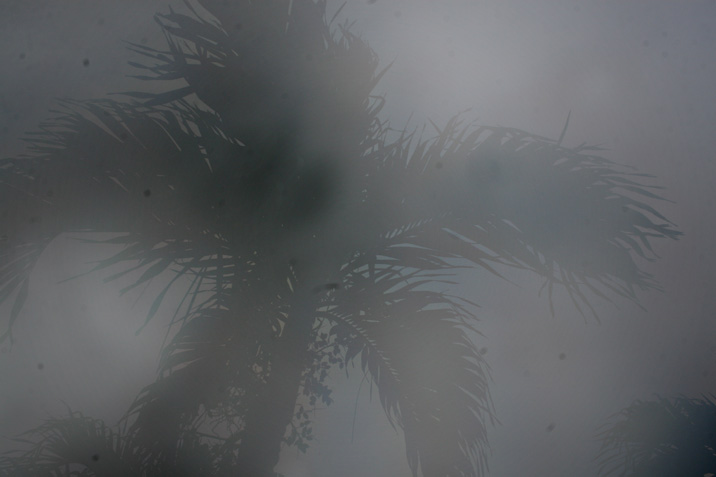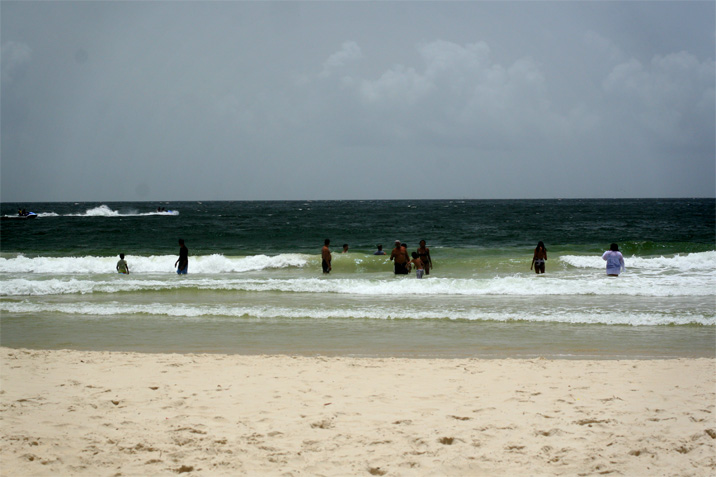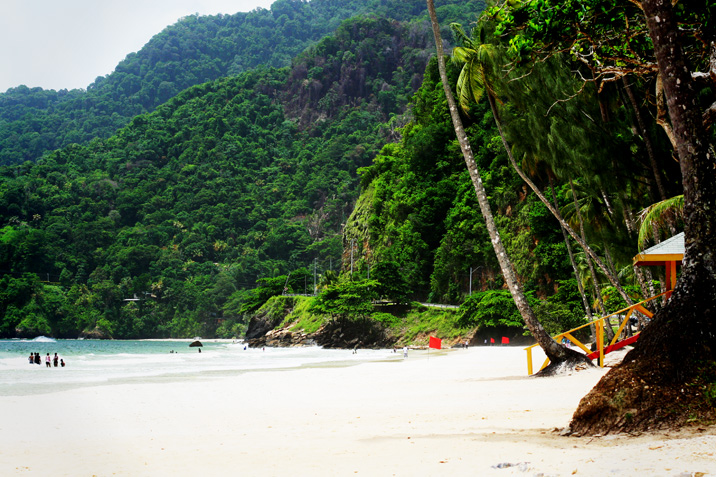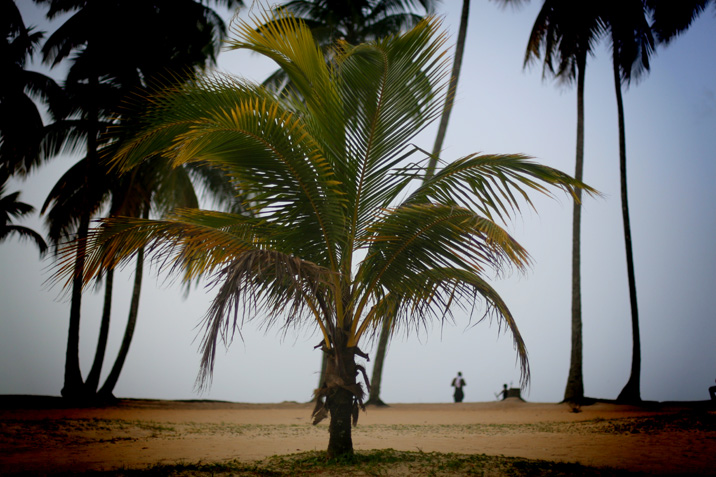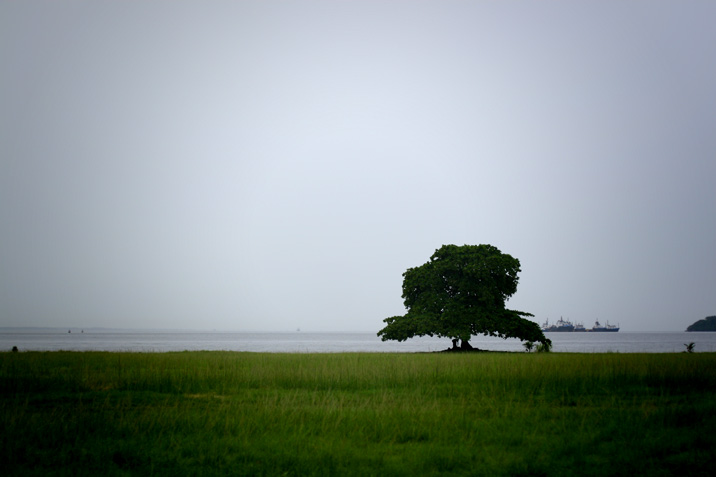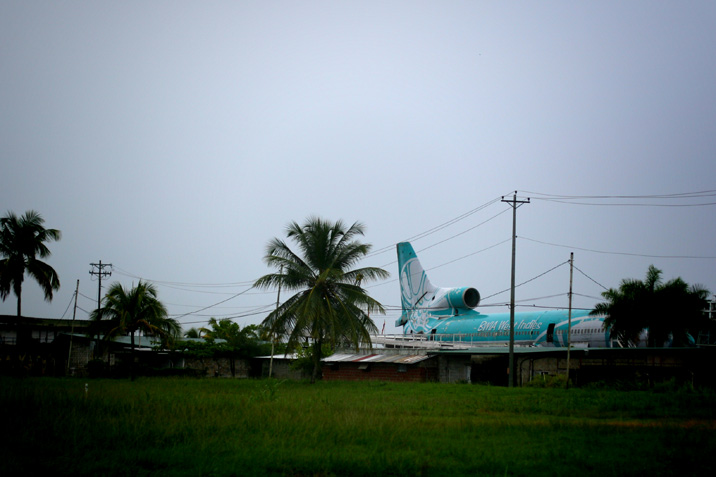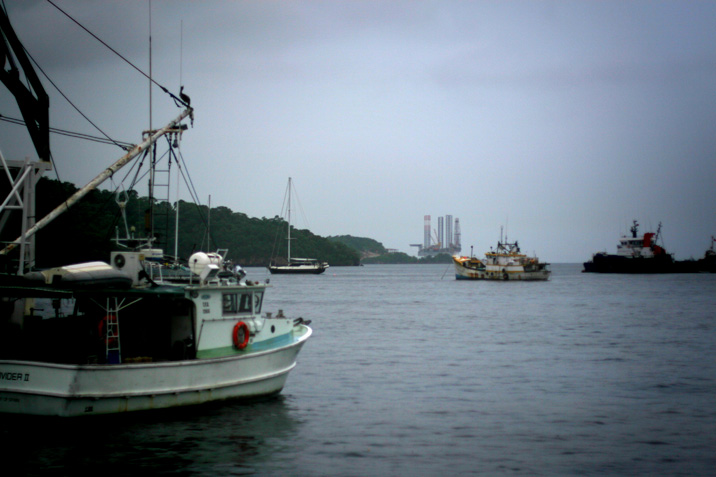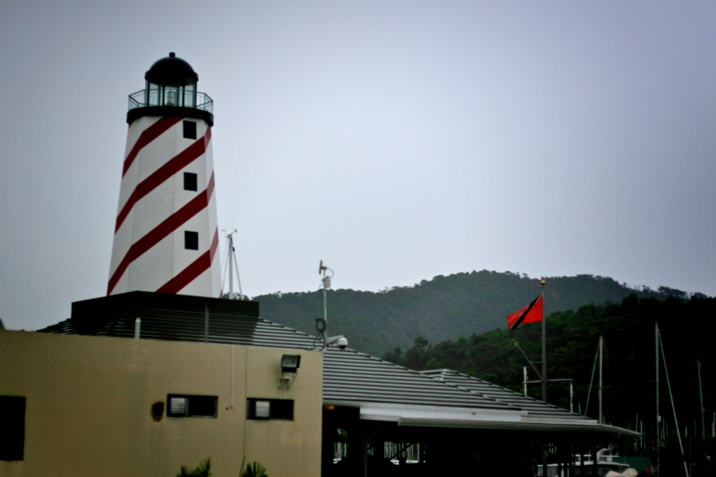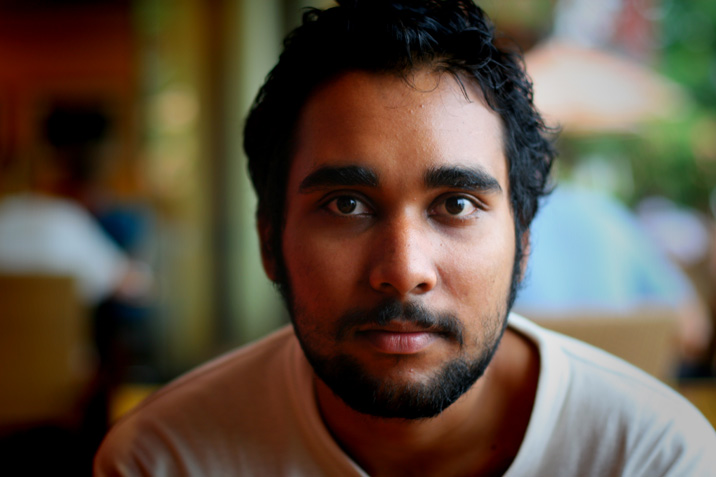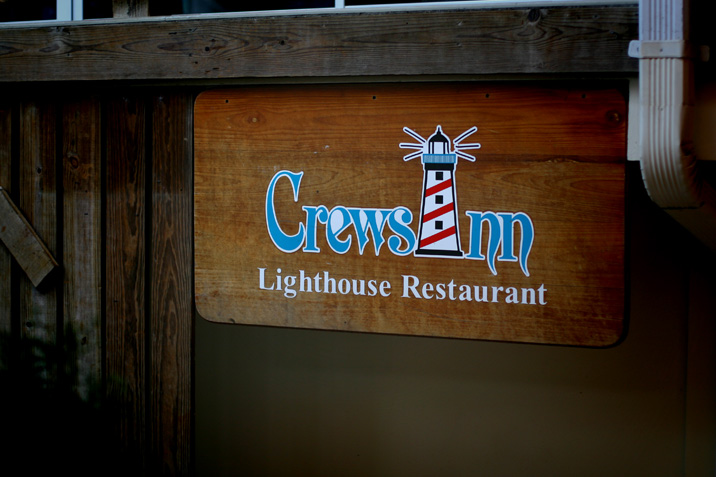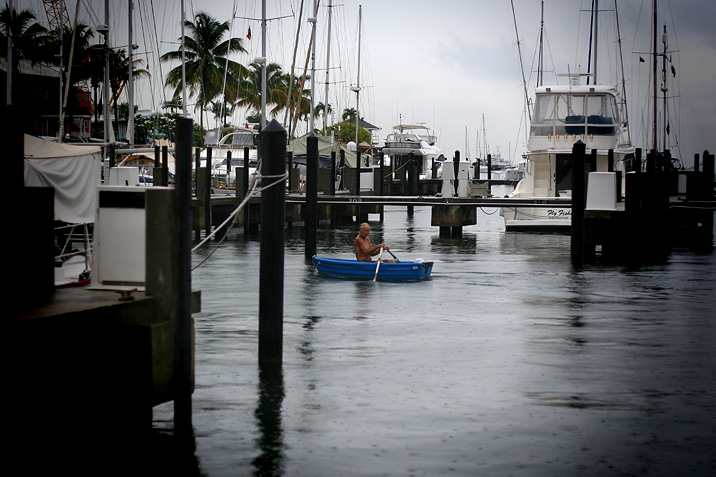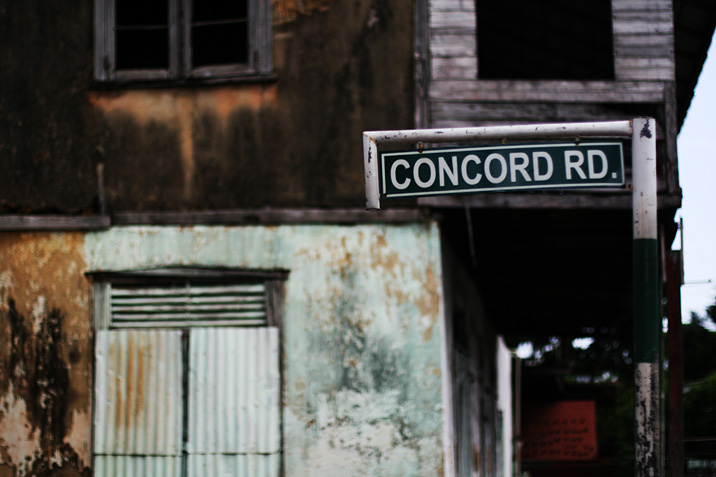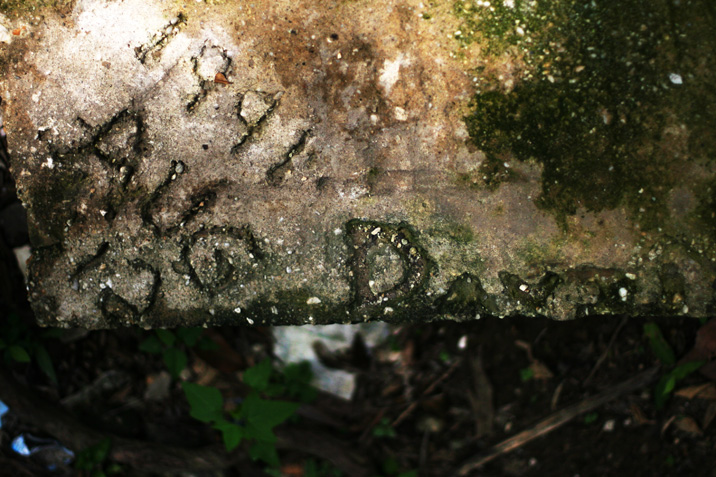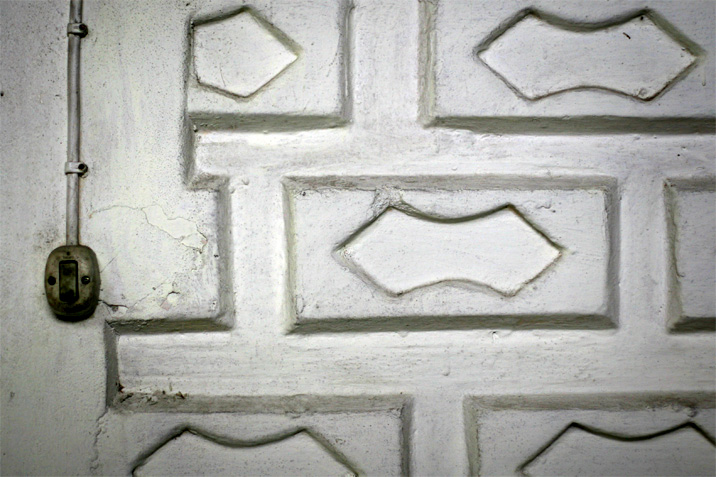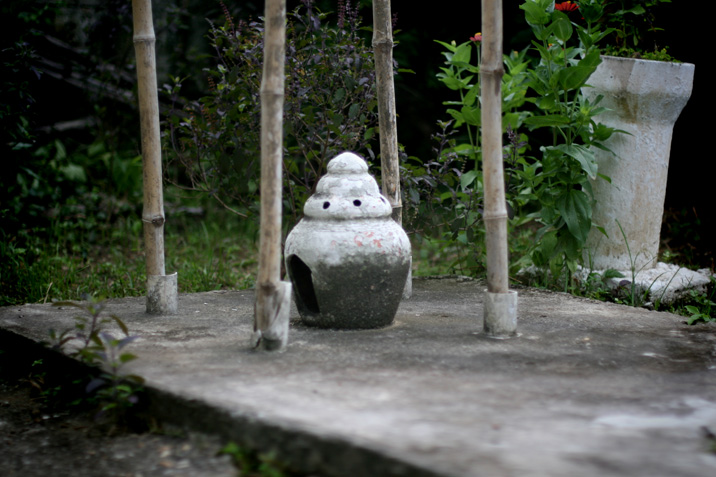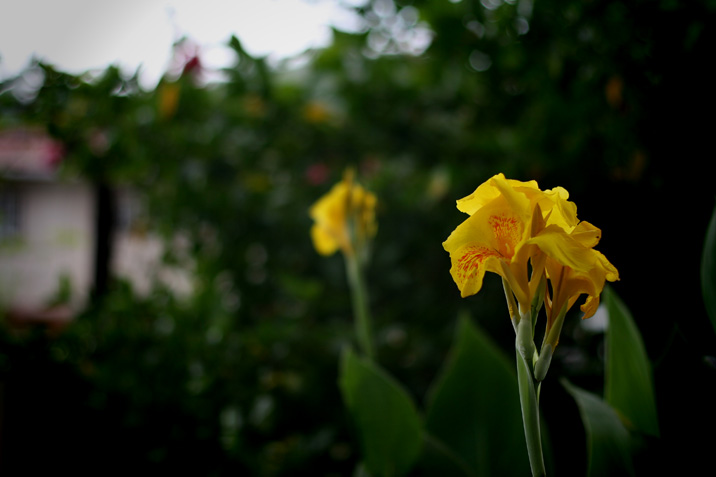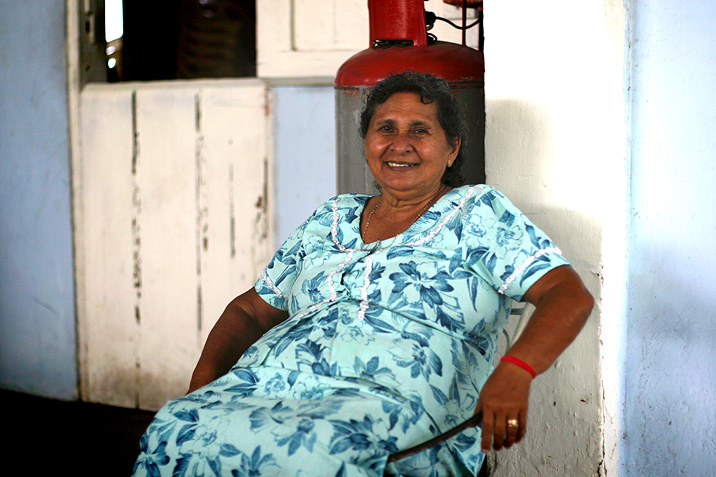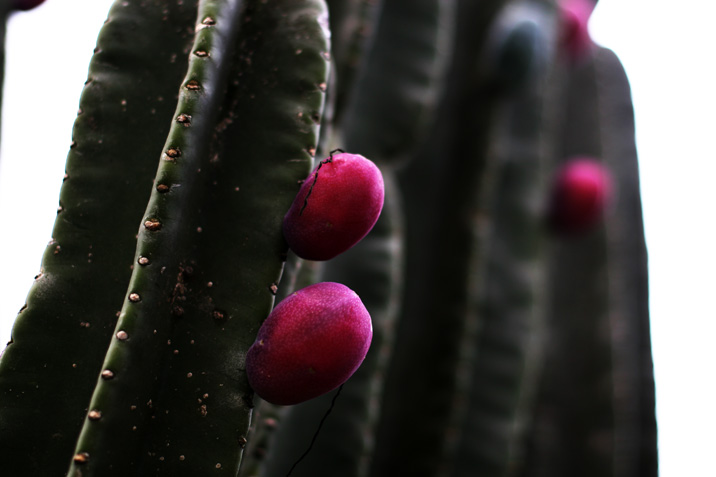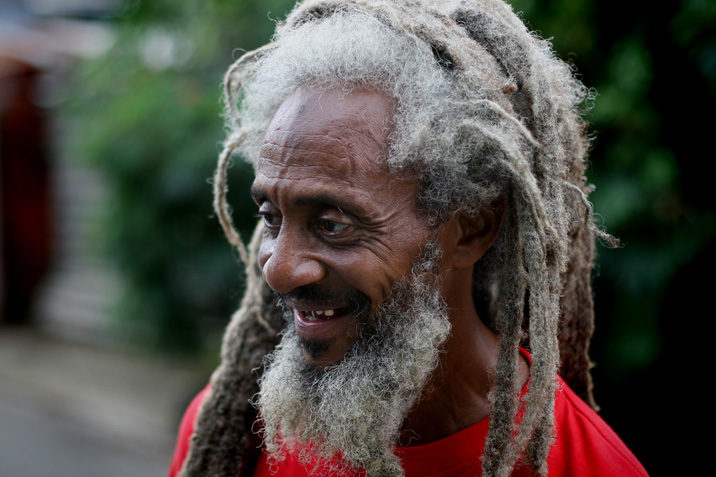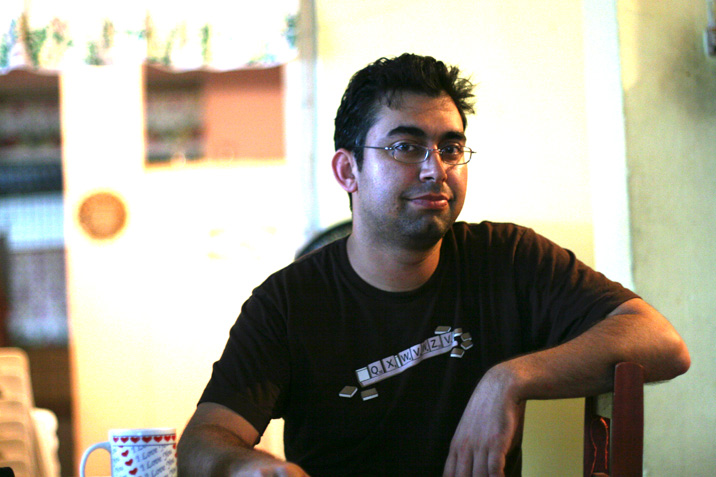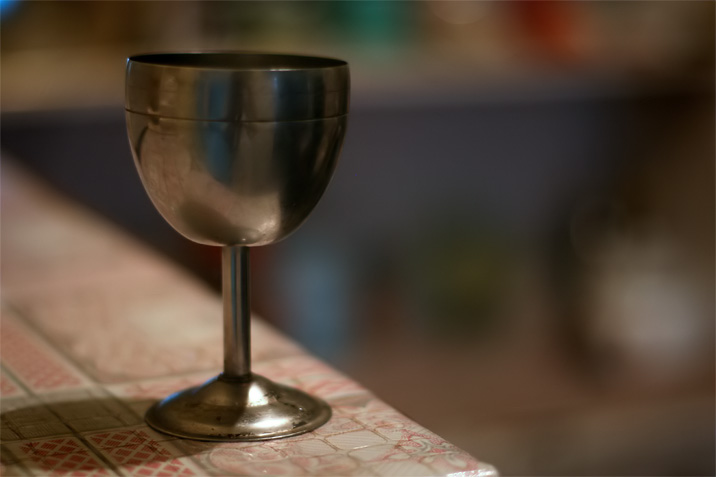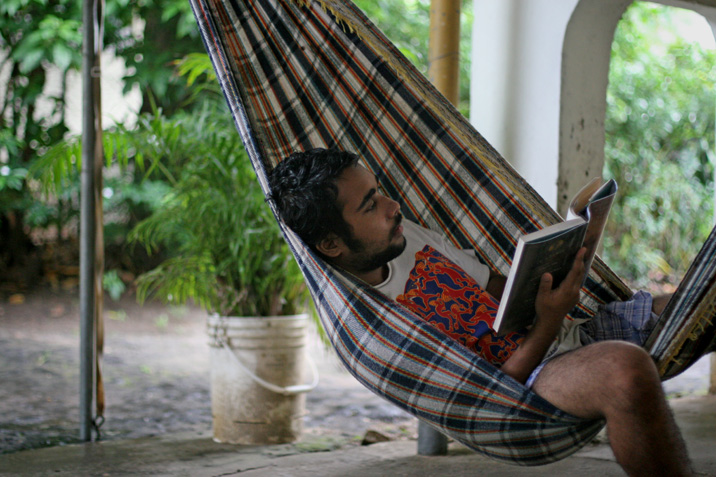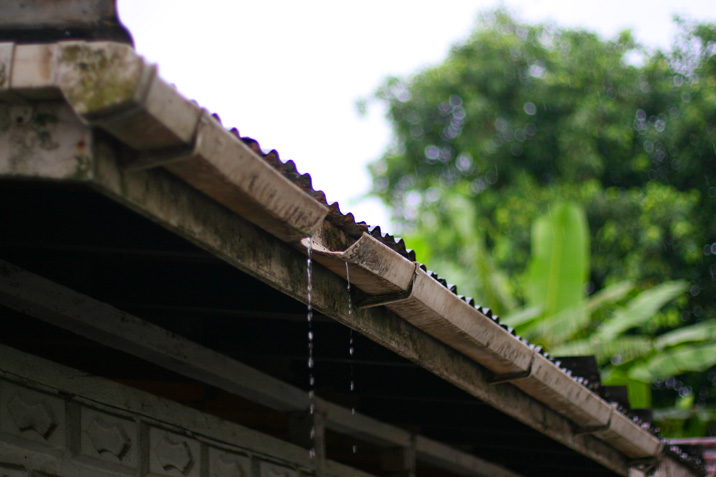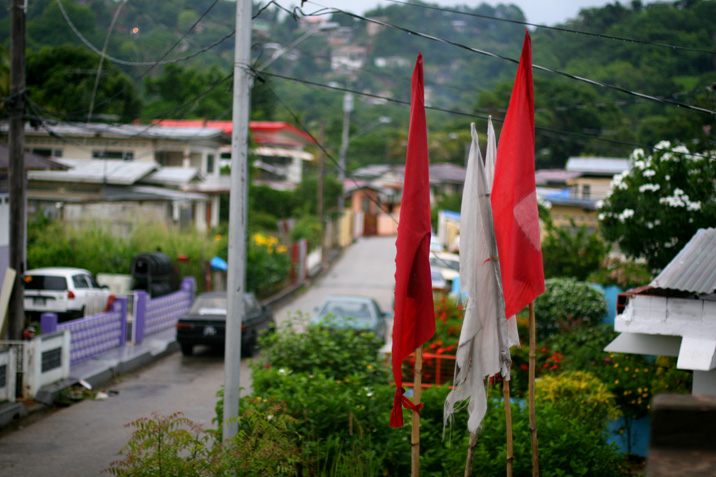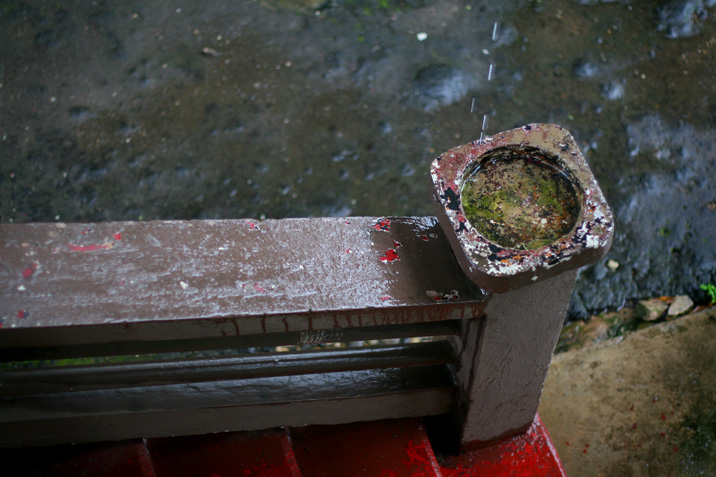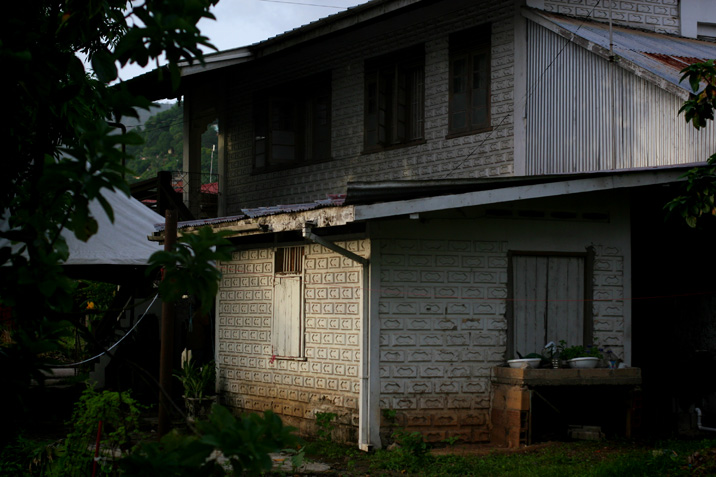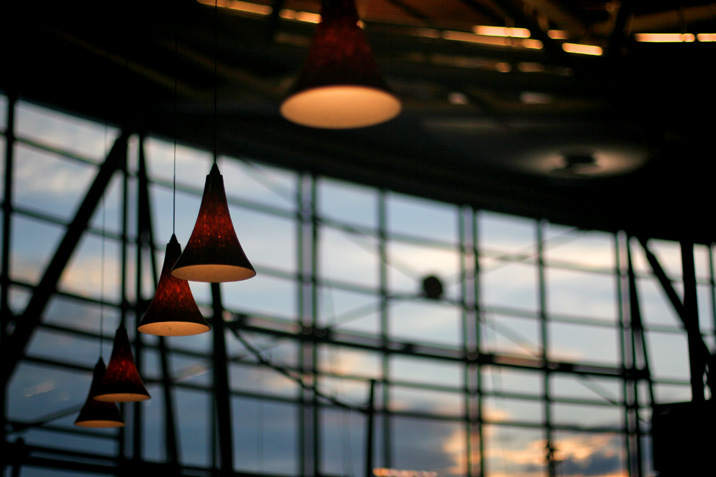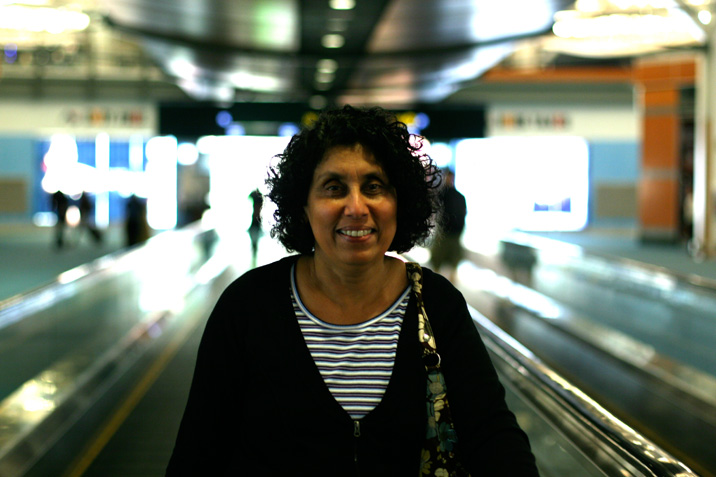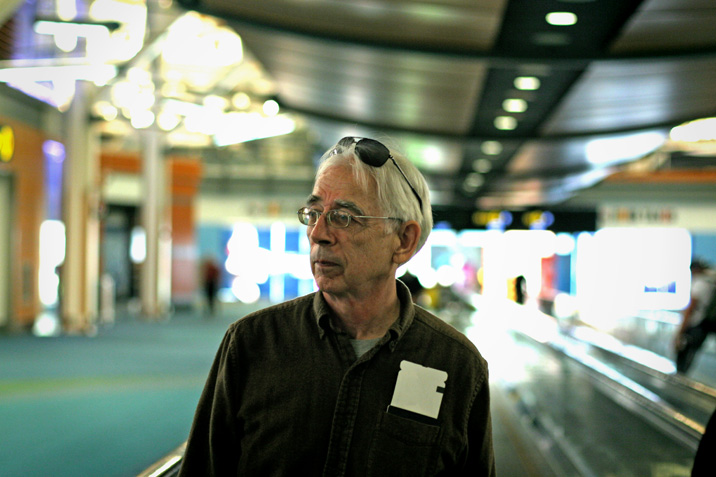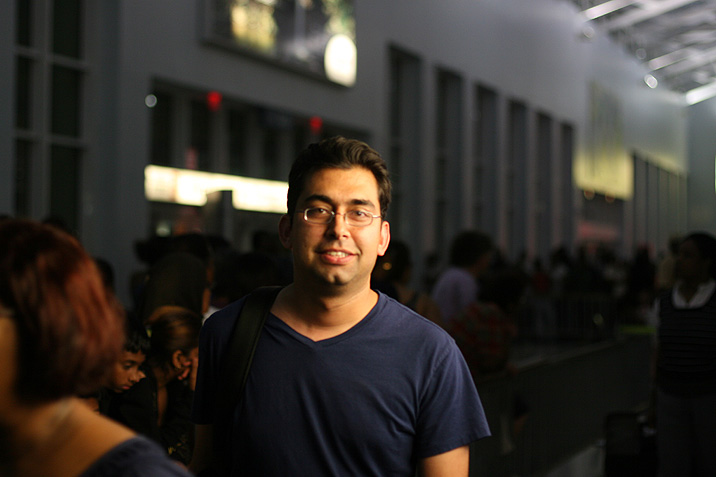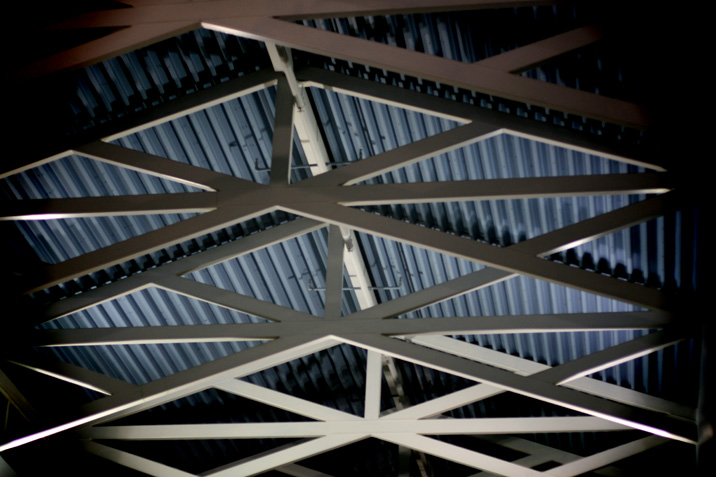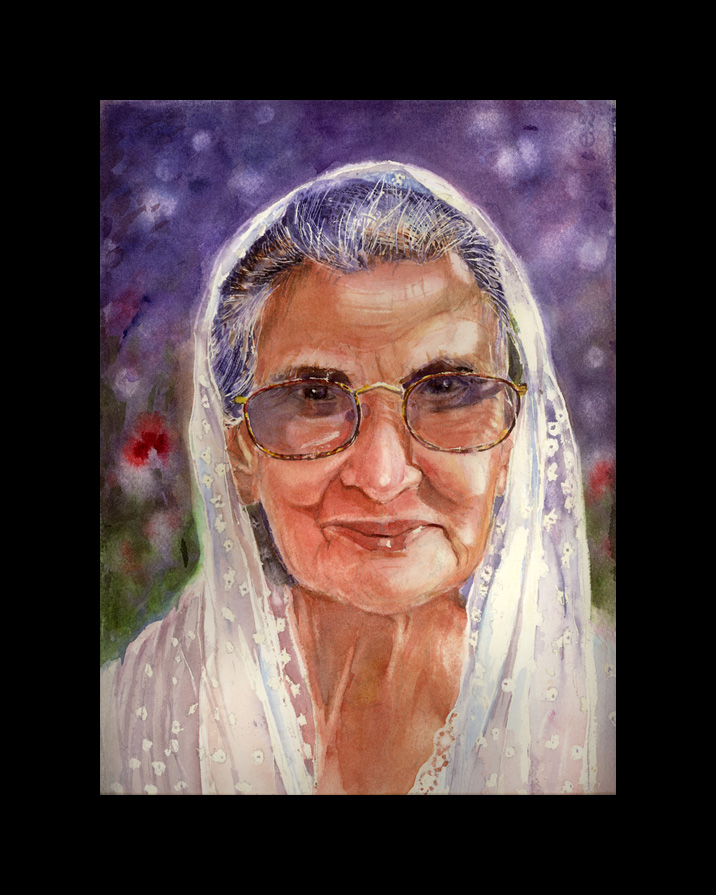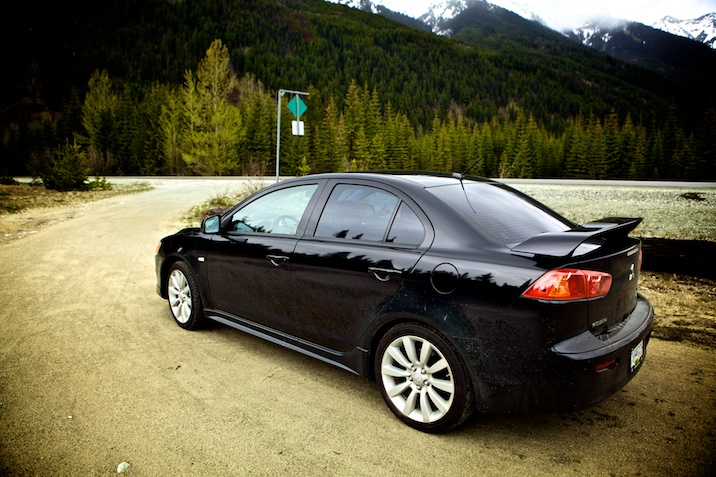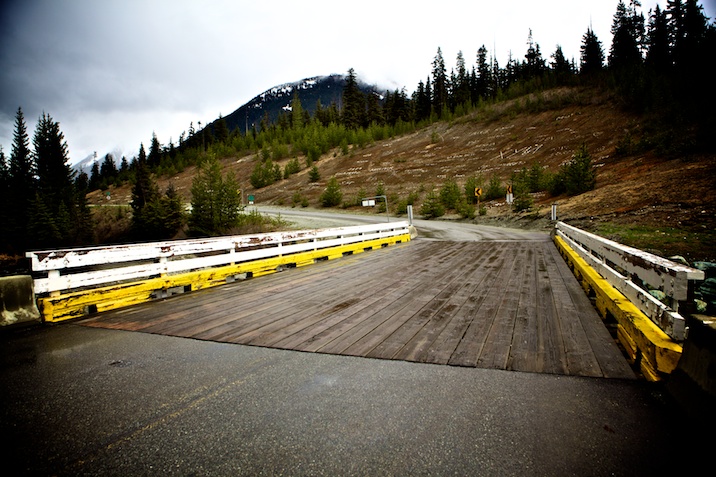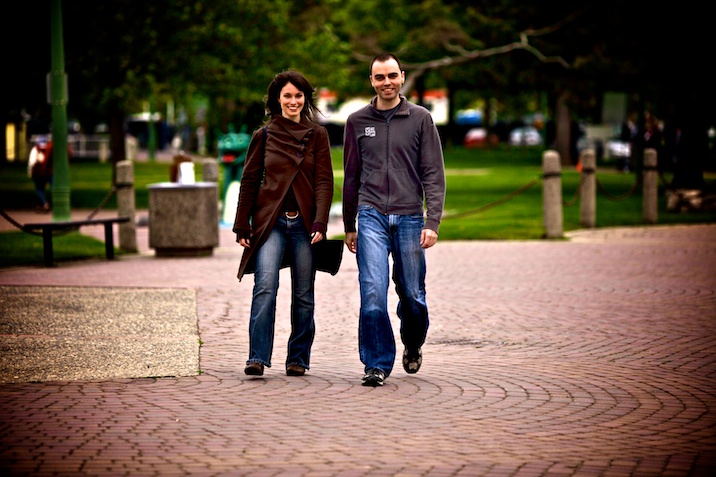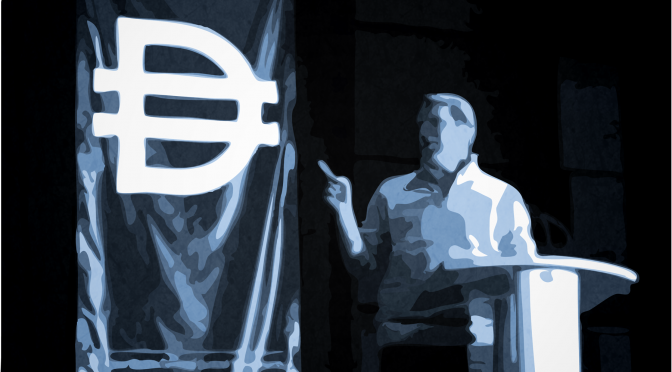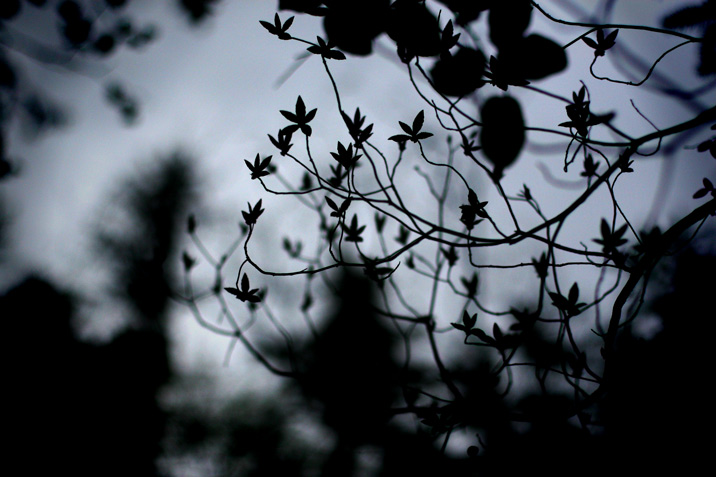This edition of Sunset Sessions was mixed in the settings of two planes, three countries, two hemispheres, and varying times of day and night. I started on it on a midnight flight to Houston, flying over lightning storms, clouds flashing silently, and otherwise illuminated by the moon. I picked it back up in Trinidad for a couple evenings, and then spent an evening in Toronto refining it. Finally I returned to Victoria and reworked it until I came up with this mix, which I think you’ll find is a pretty special one now.
The photograph was taken a few weeks ago in San Juan, Trinidad. I ought to mention that my latest remix – of Kenneth Thomas – is a third of the way into the session. This mix went through many iterations and contains a lot of hard work by a lot of very talented artists. If you enjoy this, I encourage you to find and follow them. As always, I have provided the means to do so below.
Tracklisting:
- Spooky – What Are We Waiting For (Dub mix) [Stella Polaris Music]
- Tone Depth – Rumblefish (Ambient mix) [Bedrock Records]
- The Emissary – Synapse (Fretwell remix) [Digital Sensation UK]
- Kenneth Thomas – Gunnin’ (AFK remix) [Morphosis Recordings]
- Faskil – Blow Up (Original mix) [Silk Digital Records]
- Solarity – Essence (Claes Rosen remix) [Silk Digital Records]
- Way Out West – Surrender (Eelke Kleijn remix) [Hope Recordings]
- Ivan Nikusev and Wave-E – One Day Before (Dynamic Illusion remix) [Mistiquemusic]
- Que and Alex Monakhov – Hola (Proff remix) [Anjunadeep]
- Max Graham – Dusky 2010 (Does She Know Yet) [Armada Music]
- Oceanlab – I Am What I Am (Lange remix) [Ultra]
Download:AFK – Sunset Sessions: August 2010 (mp3)
Right click and Save As, or option-click the link on a Mac to automatically download
